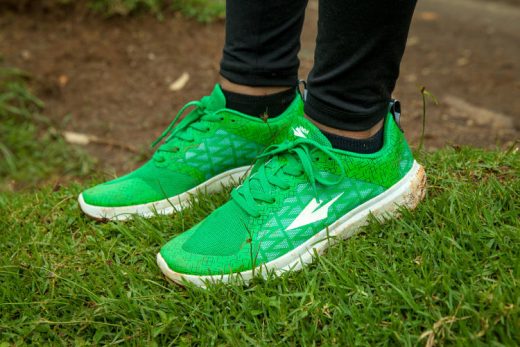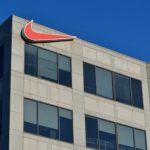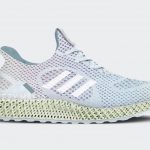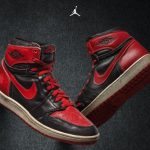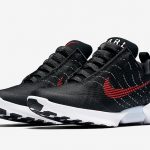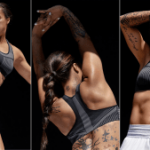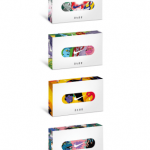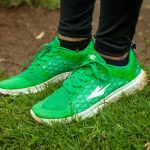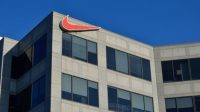This Running Shoe Inspired By Kenya’s Elite Runners Is Actually Made In Kenya
Kenya’s elite, world-record runners are the superstars of a surging global running culture. An entire cottage field of study has evolved around explaining the Kenyans’ running “secrets,” often tied to selling shoes, books, magazines, or gear of some sort. Nike’s Air Rift shoe—”inspired by the efficient barefoot style” of Kenyan runners in the Great Rift Valley—retails for $100, for instance.
For all of this, the runners and the broader economy of Kenya don’t benefit very much. The most decorated runners get lucrative sponsorships and prize money, but income earned by those training at the nation’s’ famed running centers drops off quickly if they’re not winning races. Many runners remain impoverished. (A scandal that rocked the country over the last year revealed that sports officials had embezzled large sponsorship payments from Nike that were supposed to benefit poor athletes, prompting protests).
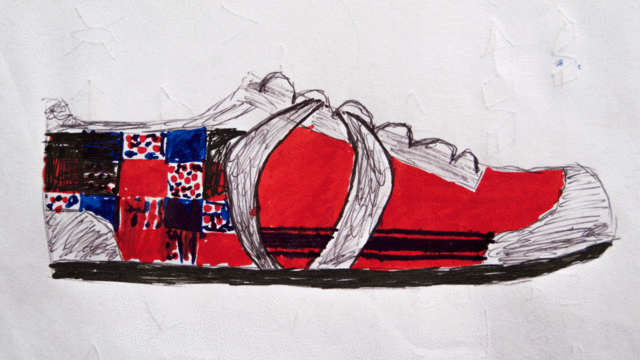
This is why a pair of social entrepreneurs is now aiming to make the first high-performance running shoe that will be made largely in Kenya and benefit Kenyans. The company, called Enda—”go” in Swahili—is launching the shoes with a $75,000 Kickstarter funding campaign today.
“We wanted to channel the energy around running into something that can have much more of an impact on the people of Kenya,” says Enda cofounder Navalayo Osembo-Ombati. “If you think about the magnitude of the industry worldwide, and if you think about how Kenya is used for marketing, this is low-lying fruit.”
With Enda, Osembo-Ombati and her cofounder Weldon Kennedy, an American living in Kenya, hope to connect runners in the West to the country’s running culture, leveraging it to create domestic jobs and economic growth rather than benefit global corporations. Their plan now is that the shoes will be assembled in Kenya with materials made in China. In the long term, the goal will be to make the entire shoe domestically. The company also plans to donate an as-yet-undetermined percentage of profits to community initiatives, decided by voting from Enda customers.
Osembo-Ombati and Kennedy developed the idea after meeting at an entrepreneurial workshop. Growing up near the city Eldoret, in the region where elite marathoners train, Osembo-Ombati had already been thinking about the ways that sports could be used to benefit her country by planning to open a small sports academy. Given the $17 billion athletic shoe market in the U.S. alone, the two believed a Kenyan-made running shoe marketed in the West, where amateur running is more popular, would be the best way to use the power of Kenya’s running reputation to further benefit the country’s economy.
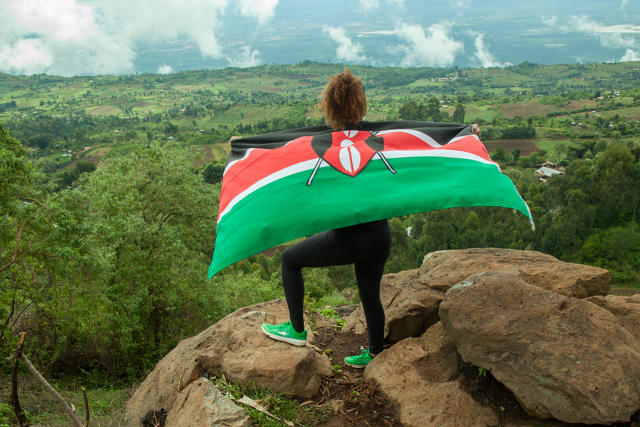
The shoe, which will retail for around $100 but is available now on Kickstarter for $85, is somewhere between a lightweight trainer and racing shoe. The pair collaborated with the product design firm Birdhaus, which has worked with Under Armour and Reebok, in its creation and have been testing their prototype with runners in Kenya’s highlands, including the racers Justin Lagat and Joan Cherop. Its racing debut will be at the New York City marathon in November. The shoe’s construction—oriented toward the forefoot, with no arch support—is a nod to Kenya’s barefoot running style that has become popular in the last few years, yet it contains more rubber to give added protection for trail running. Its look and colors also feature a few subtle nods to Kenyan culture but wouldn’t look out of place next to Nike on store shelves.
“We wanted it to look contemporary and urbane anywhere in the world, but whisper a Kenyan feel,” says Kennedy. If successful, he hopes Enda can build “made in Kenya” as a hip, contemporary brand itself, just like “made in Switzerland” is equated with precision engineering and “made in Italy” equals luxury.
Making the shoes fully in Kenya won’t be easy, though. Demand for the shoes would have to be significant enough to merit building manufacturing capacity that doesn’t exist yet. For example, says Kennedy, the easiest shoe component to make domestically would be the midsole foam, but the high-quality foam grade needed isn’t available in Kenya now. However, he says he’s already tracked down and spoken with a company with the needed equipment. Should the company grow beyond his wildest dreams, say capturing even a few percentage points of the global running shoe market, he estimates that Enda could create several hundred to maybe 1,000 jobs doing production domestically.
Kennedy believes the Enda brand will attract avid American runners. He was in a running shop in Colorado once when a clerk asked if he could keep some of the red Kenyan dust from his shoes: “I might as well have said it was magic dust,” he says.
Enda, which means “go” in Swahili, is launching the shoes with a 75,000 Kickstarter funding campaign today.
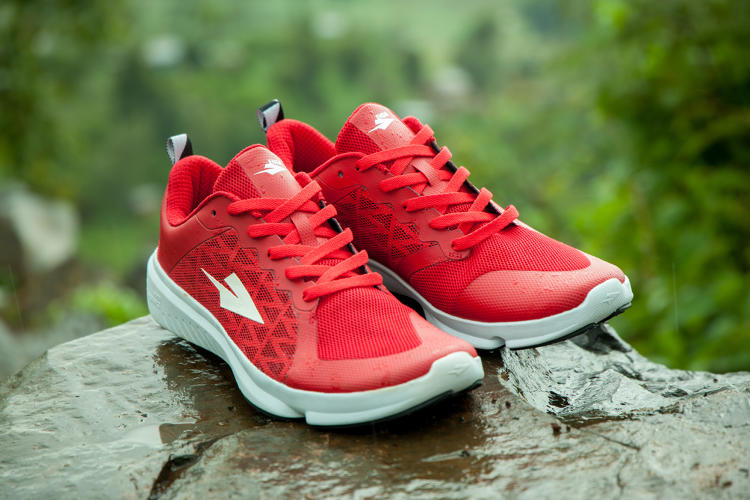
The shoe’s construction is oriented toward the forefoot, with no arch support.
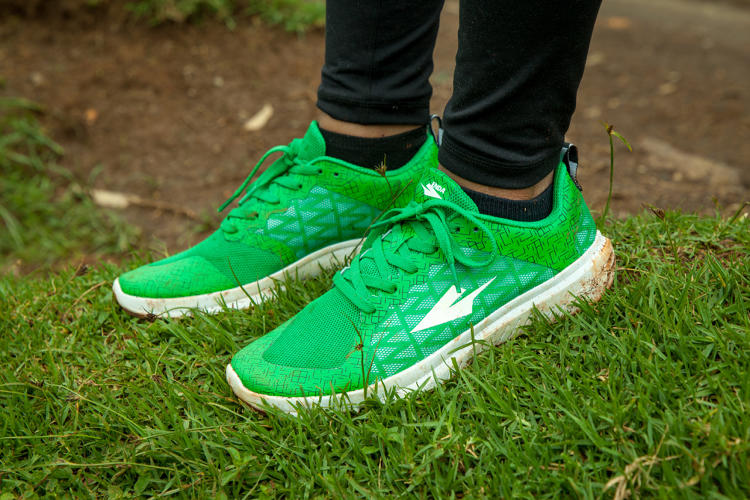
It’s a nod to Kenya’s barefoot running style that has become popular in the last few years.
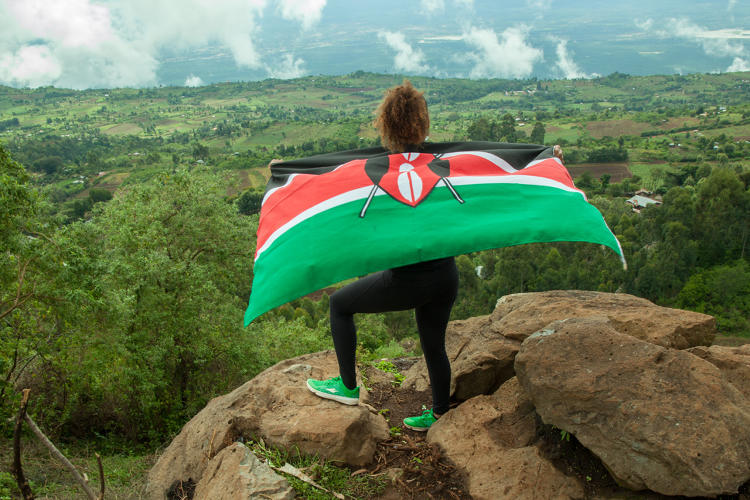
Its look and colors feature a few subtle nods to Kenyan culture but wouldn’t look out of place next to Nike on store shelves.

Fast Company , Read Full Story
(79)

